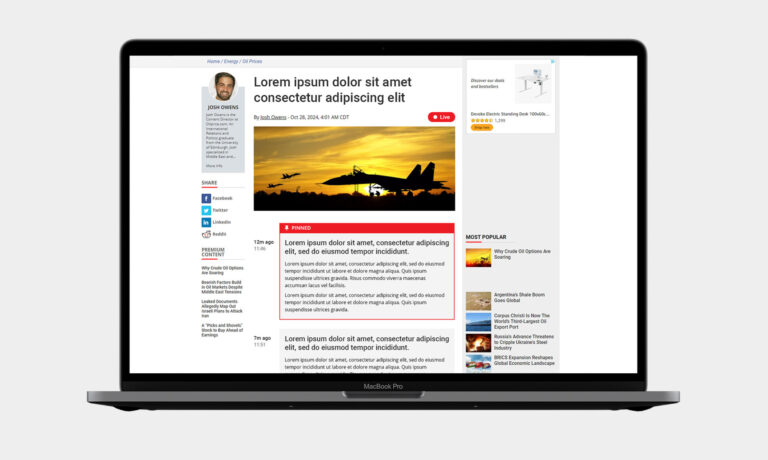Last week we were invited to watch a demonstration of CloudHealth by VMWare – and it seemed a pretty indepth product.
We weren’t paid to watch the demo but there was a virtual wine and cheese tasting afterwards and The Great British Charcuterie put on a pretty special spread! (Did you know you can only claim to make “farmhouse cheddar” if you actually made it in Cheddar, Somerset?!)
Cloud health is quite a generic term but in this instance it’s concerned with watching the pennies. CloudHealth lets you see your spend in AWS, Azure, Google or a data centre and analyses for you where it thinks you could be saving money.
I’m not familiar with Azure or Google’s cloud particularly, but I do work with AWS a lot (my certificate from their last summit arrived in my inbox today) and my goodness, their pricing is granular. If a client asks “how much will it cost me to add X?” I generally can’t really tell them because you really do pay for what you use – and every visitor or every piece of data counts.
Saving money with AWS
Whilst the prices always look super cheap, they add up. $0.05 sounds like a bargain, until you multiply it by thousands and then by the end of the month you’ve got a pretty hefty bill. For a lot of organisations this isn’t a problem because they have a fairly good grasp – via their inhouse teams or their developers – of what they need and they can adjust their products as required.
But when you scale things up – when you have teams of developers all working independently, or the people managing the purse strings are far removed from the people choosing what size database or EC2 instance to use – things can start to go awry.
And that’s where something like CloudHealth comes in. You hook it into your AWS account and it’ll process what you’re using compared to what you’re paying for – and tell you straight away if you’re paying for services or resource that you’re not fully utilising. They refer to thse as “unused assets”. There may be empty buckets, or servers that are far too big for what they need, and CloudHealth can tell you the easy wins to cut your bill.
A big way to save costs with AWS is to invest in reserved instances. This is where, rather than pay-as-you-go, you commit in advance to paying for a certain size of resource for a set amount of time, such as a year. In return, AWS can give you savings of up to 40% on the on demand price – and CloudHealth can help you pinpoint more accurately what that saving might be.
Cloud Governance
If you tag things correctly, the dashboard can also let you see which teams or departments – or what features or processes, depending on how you set things up – are costing you the most. This can help you work out your ROI or see if one team are being a little less careful with budget. You can set alerts too, to help you keep an eye on things.
When you get to the scale of needing different teams to work on different infrastructures, you’re going to need cloud governance policies. And the CloudHealth tool can flag up to you when someone sets something up and doesn’t, for example, tag it correctly inline with a governance policy.
Similarly, it can let you know your security risk exposure – if for example passwords aren’t being updated as often as they should be.
Verdict
We were very impressed with how much work had obviously gone into building the platform and I don’t doubt that it could really help some big organisations keep a closer eye on things as we know AWS costs can run wild – but it would need to be set up properly and regularly checked to ensure you got everything from it to benefit. To get it, you would buy it through a CloudHealth partner – ours is Rebura, so get in touch with them if this sounds like something your company would benefit from.
Icons courtesy of Freepik.



